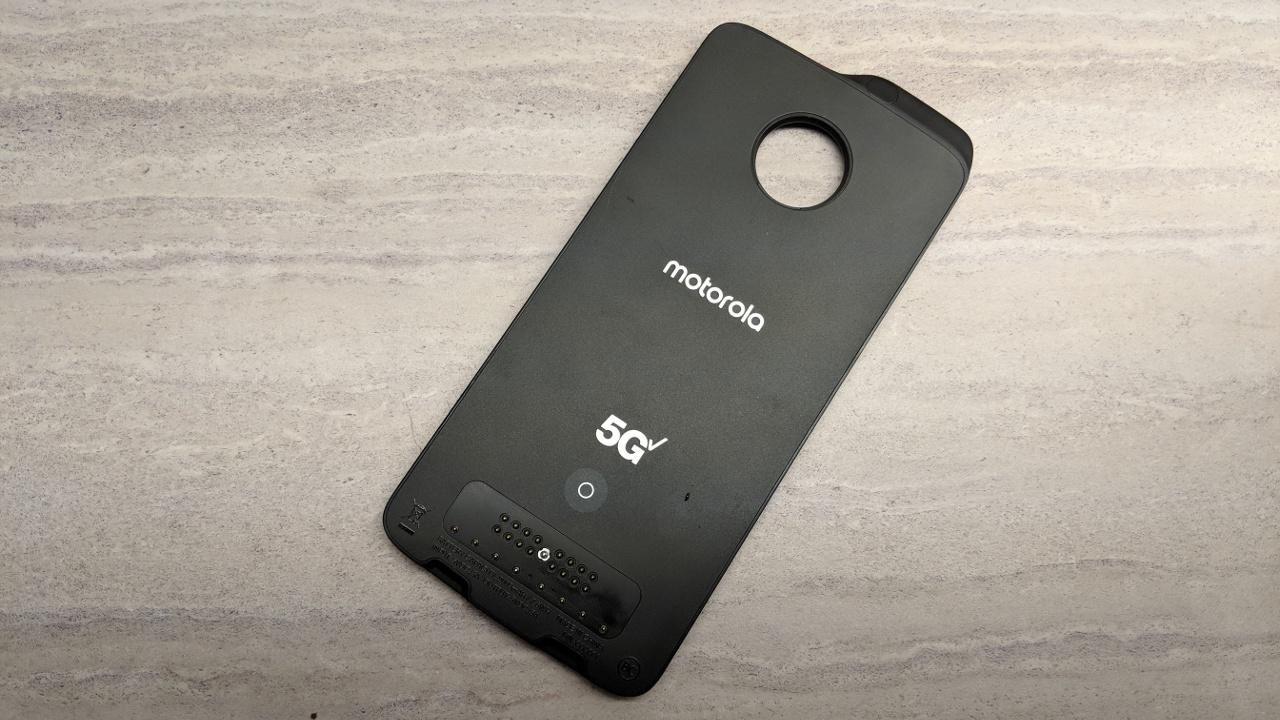The 5G Moto Mod accessory, which will allow the Verizon-exclusive Moto Z3 to access the new network, has finally had its radiofrequency testing papers published by the FCC.
The SAR test report from Sporton Lab shows that Motorola had put the device in for testing on September 28 — nearly two months after the Moto Z3 was introduced to press — began testing on October 15 and finished on December 18. Between then and the current date, there was a multi-week shutdown that affected the FCC’s ability to process requests for product RF certification.
Another concern that may have complicated the process was millimeter wave radiofrequencies, a major component to Verizon’s 27GHz 5G network. For the same effectiveness, millimeter wave requires more energy than lower frequencies do to propagate. One way to get around fingers that would be holding the device is to place antennae all around the edge of the Moto Mod — in this case, six of them.
For a quick moment before Motorola could redact it from the public file, the FCC also was able to show the company’s Power Density Simulation and Measurement Report for the Moto Mod. The Verge points out that even though millimeter wave, as with most any cellular radition, is non-ionizing and not harmful to humans as tested by US health organizations, Motorola felt the need to turn off certain antennae if they’re blocked by fingers. This is to comply with FCC power density limits.
[…] capacitive and proximity sensors are used to disable transmission from a given mm-wave antenna array module when a user may be located in close proximity to the module and in a direction in which the module may transmit. The control mechanism is a simple one in which, if proximity detectors indicate the potential presence of the user within a roughly conical region in front of the module where power density may approach the MPE limit, that module is disabled from use by the modem. This terminates and prevents transmission from the module in question until the condition is cleared.
The device itself is 5.97mm thick, meaning that it will combine with the Moto Z3 to form a nearly-13mm stack.
Motorola may have to wait until Verizon launches its 5G network for smartphones before we hear anything about pricing and availability.

